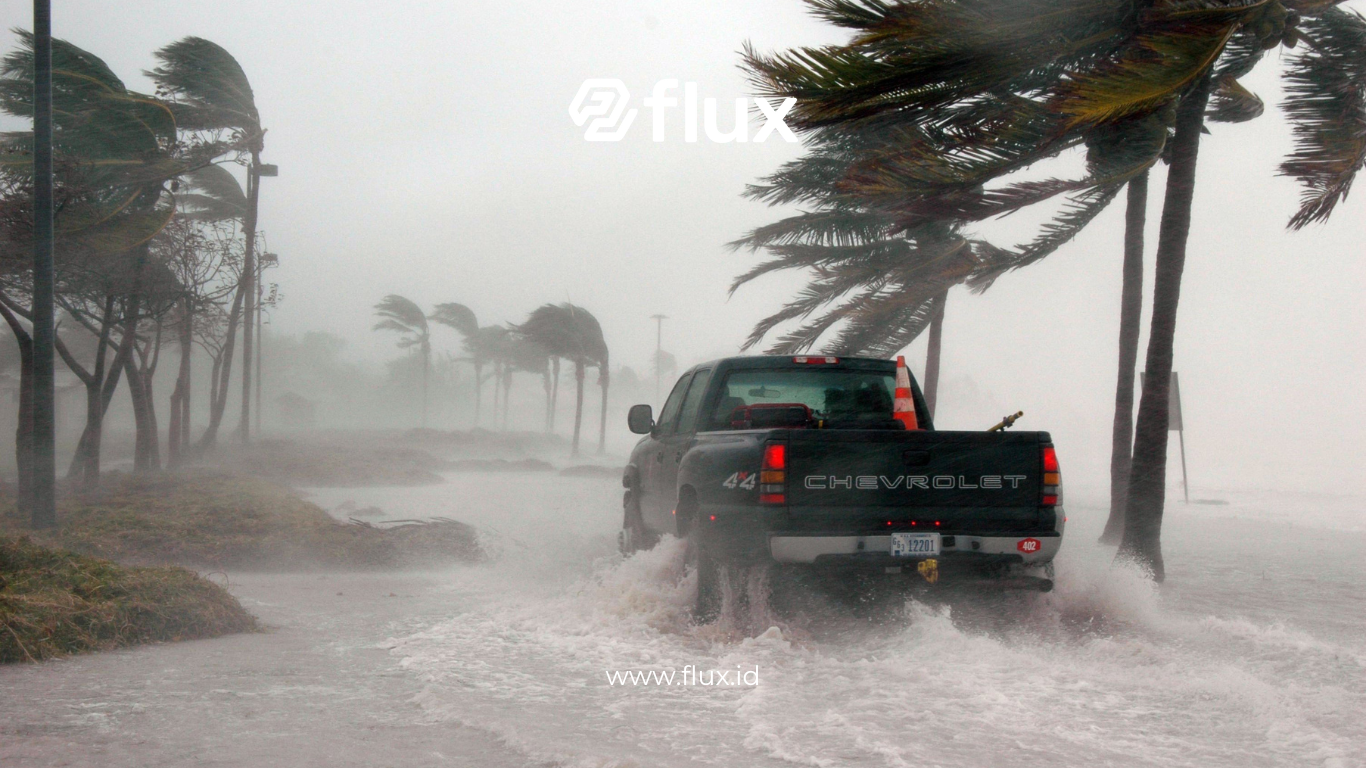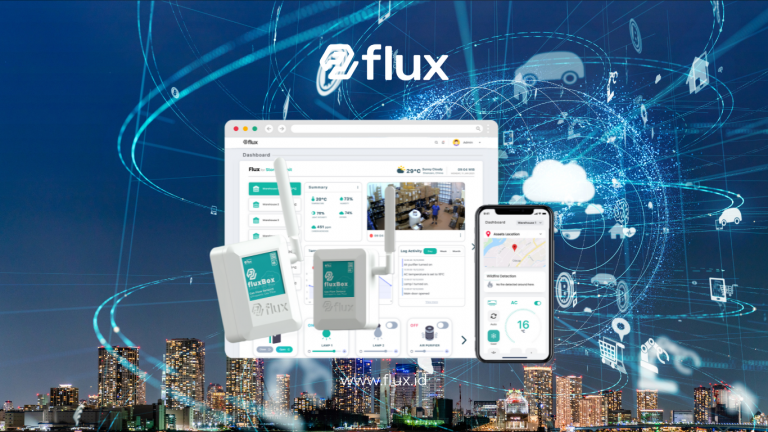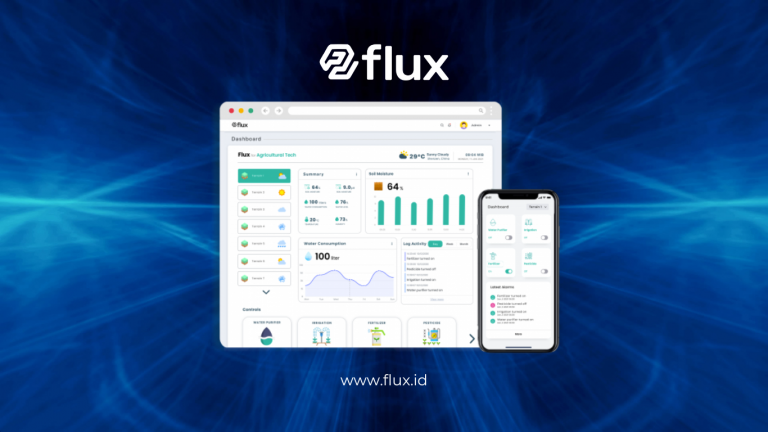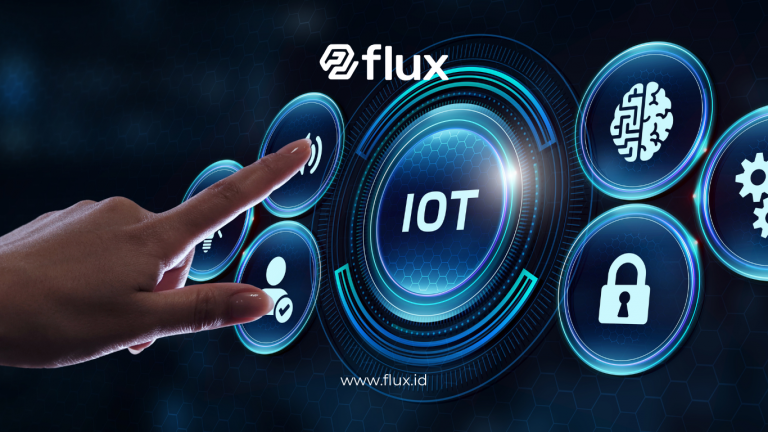Don't miss our holiday offer - 20% OFF!
Extreme weather events pose significant challenges to modern life. From devastating floods to intense heatwaves, the increasing frequency and severity of these phenomena demand robust solutions. With this in mind, IoT (Internet of Things) sensors have emerged as a vital technology for real-time weather monitoring. They provide critical data that enables communities, governments, and private organizations to mitigate impacts effectively and prepare for future scenarios.
Contents
The Role of IoT Sensors in Extreme Weather Monitoring
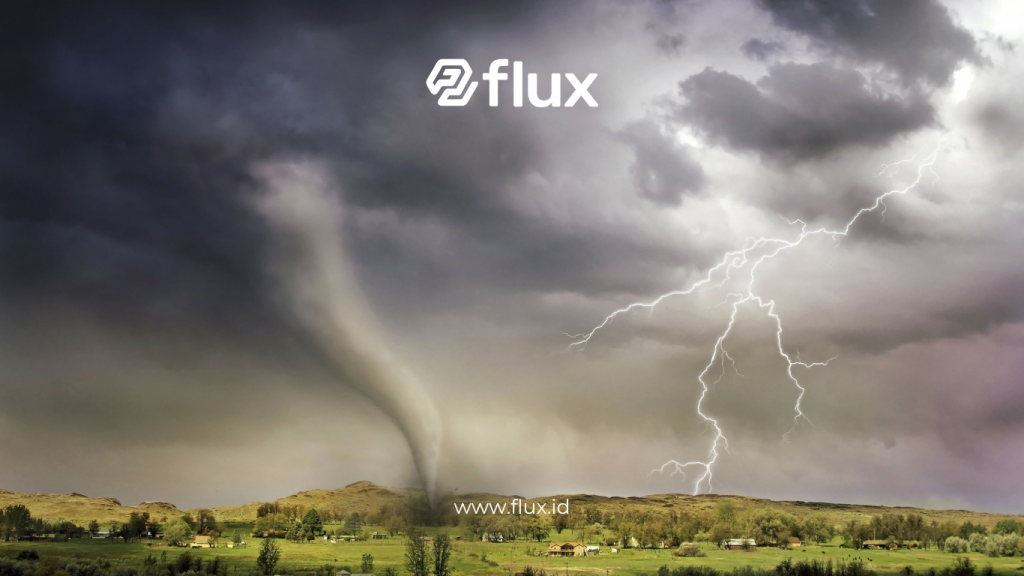
Read More: How Anemometer Sensors Work in Tropical Storms
IoT sensors, known for their ability to collect, analyze, and transmit data via the internet, have become essential tools in addressing extreme weather. Specifically, these sensors are used to:
- Monitor Temperature and Humidity
By measuring temperature and humidity fluctuations, IoT sensors help detect key indicators of weather phenomena like heatwaves or storms. - Measure Rainfall
These sensors collect accurate rainfall data, which is essential for predicting potential floods in vulnerable regions. - Track Water Levels
Sensors installed in rivers and reservoirs monitor rising water levels, enabling authorities to issue timely warnings to residents.
Technologies Behind IoT Sensors for Weather
The effectiveness of IoT sensors depends on various technologies working together seamlessly:
- Meteorological Sensors
These sensors record atmospheric parameters such as temperature, air pressure, and wind speed. - Wireless Communication Networks
Collected data is transmitted through networks like LoRaWAN or 5G for real-time analysis and decision-making. - AI and Machine Learning
Artificial intelligence processes the data, providing accurate weather predictions and insights that help optimize disaster preparedness.
Benefits of IoT Sensor Implementation
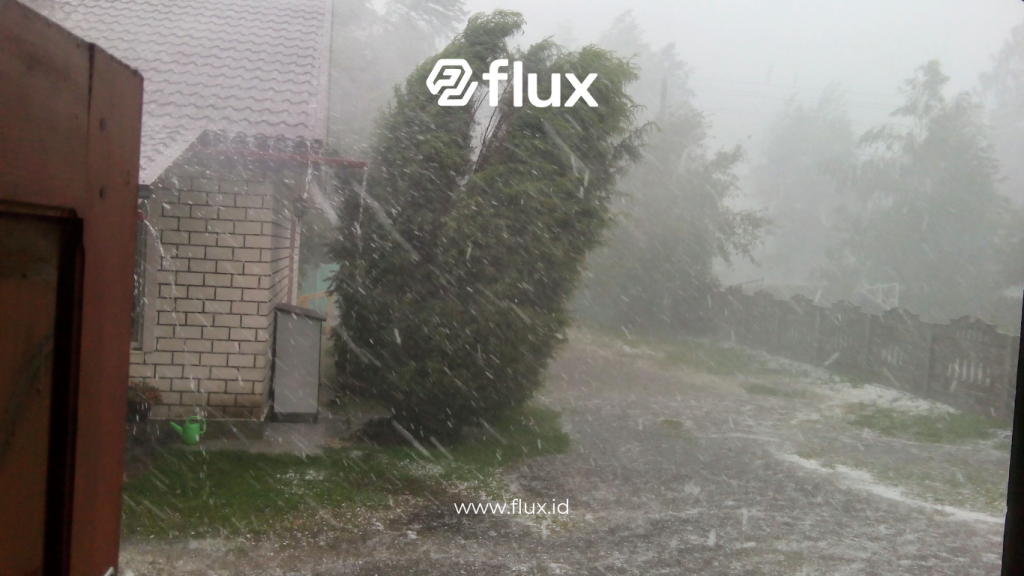
Read More: Detecting Storms and Strong Winds with IoT Sensors: Innovations for Disaster Risk Mitigation
Implementing IoT sensors in extreme weather scenarios provides several advantages:
- Early Warning Systems
Real-time data enables systems to issue timely alerts, helping communities prepare for potential disasters. - Enhanced Risk Management
With reliable information, governments and organizations can devise targeted mitigation strategies, reducing the impact of extreme weather events. - Improved Resource Allocation
Automated data collection and analysis save time and resources, enabling more efficient decision-making.
Case Studies of IoT Sensor Applications
- Flood Monitoring in Jakarta
Jakarta’s government uses IoT sensors to track river water levels. This proactive approach has significantly reduced the occurrence of severe flooding in the region. - Typhoon Detection in Japan
IoT-based systems in Japan are crucial for detecting typhoons early, allowing authorities to protect critical infrastructure and minimize risks to public safety.
Challenges in Using IoT Sensors
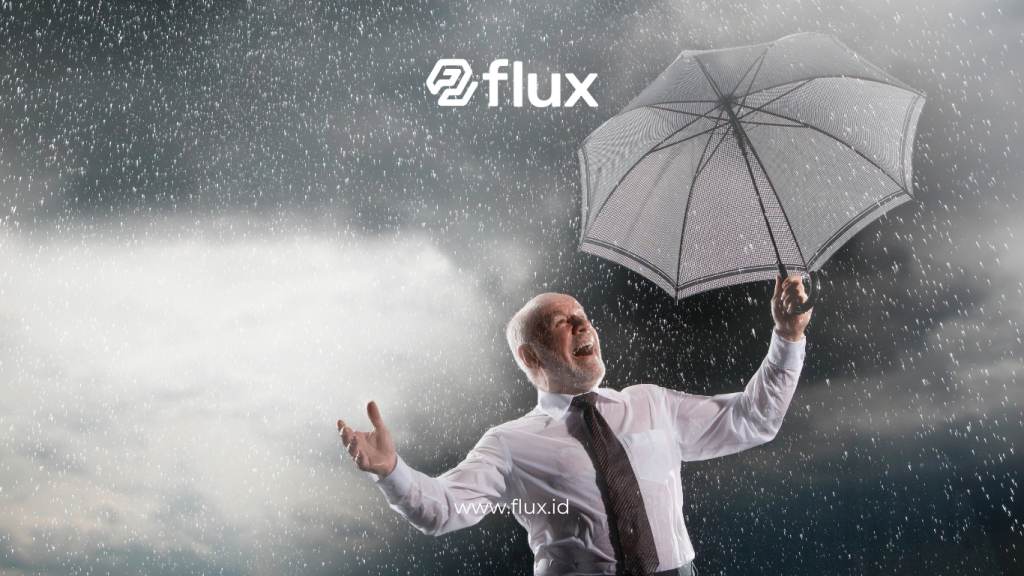
Read More: IoT Technology for Early Warning: Tackling Storms and Strong Winds with Real-Time Data
Despite their benefits, the deployment of IoT sensors faces several obstacles:
- Infrastructure Limitations
Remote areas often lack the necessary networks to support IoT technology, hindering widespread implementation. - High Implementation Costs
The expense of installing and maintaining IoT systems can deter adoption, especially in underfunded regions. - Data Security Concerns
IoT systems are vulnerable to cyberattacks, which could compromise sensitive information and disrupt operations.
The Future of IoT Sensors in Extreme Weather Preparedness
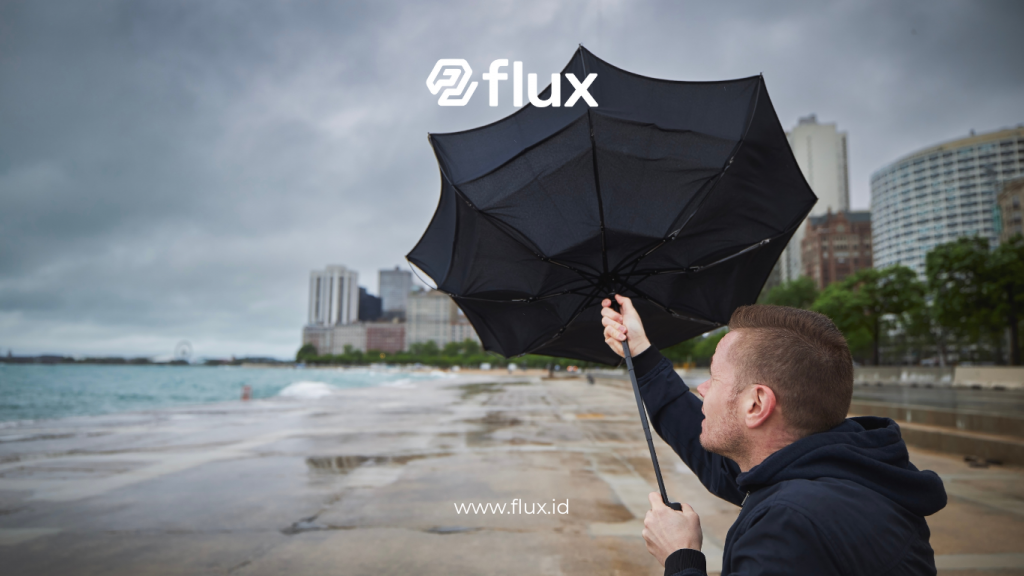
Read More: How Weather Sensors Support Park Departments: Technology and Benefits for Better Park Maintenance
Looking ahead, advancements in technology, such as AI, edge computing, and blockchain, are expected to improve the accuracy, efficiency, and security of IoT sensors. Furthermore, as these technologies become more affordable, they will be accessible to a broader range of communities. This progress will ensure that IoT sensors continue to play a pivotal role in disaster preparedness and risk mitigation.
Conclusion
IoT sensors offer innovative solutions for managing the challenges posed by extreme weather. By providing real-time data, they empower governments, organizations, and individuals to prepare more effectively. Although there are challenges to overcome, the potential of IoT sensors to revolutionize disaster preparedness is undeniable. Embracing these technologies will undoubtedly lead to safer and more resilient communities.


